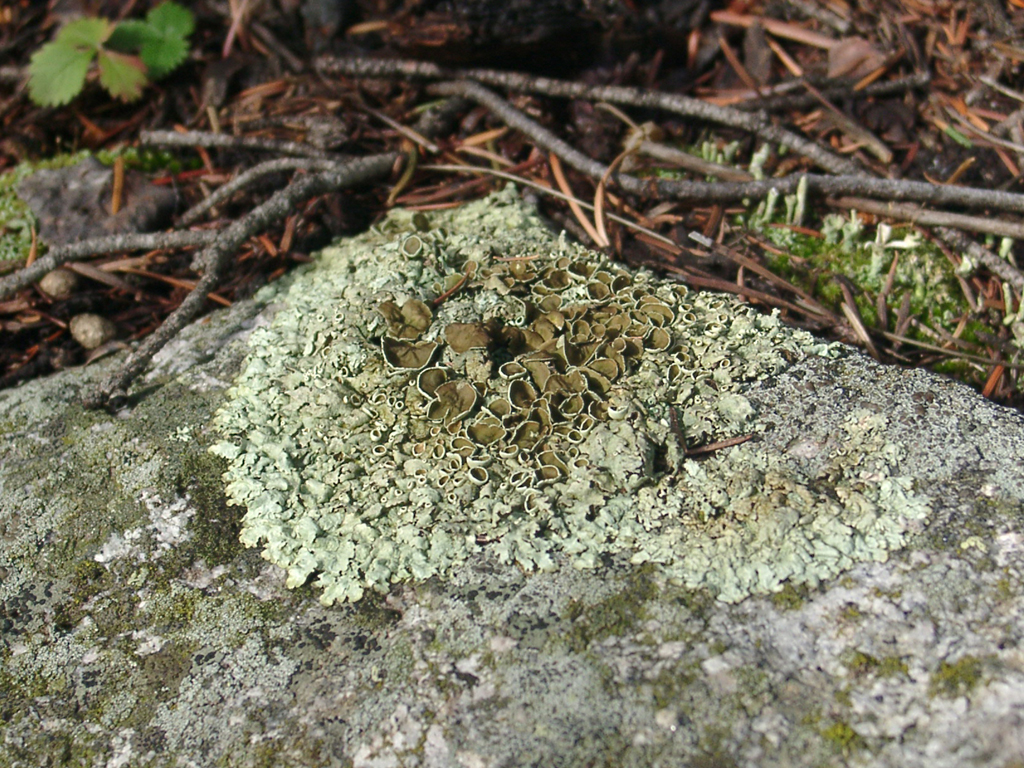
FUNGI
Lichens
Chapter Outline

Links to external sites will appear in pop-up windows.
Lichens = fungus plus cyanobacterium or eukaryotic algae or both
Lichens are informally classified (Wikipedia) by growth form into:
- Crustose (paint-like, flat), e.g., Caloplaca spp.
- Filamentous (hair-like), e.g., Ephebe lanata
- Foliose (leafy), e.g., Hypogymnia spp.
- Fruticose (branched), e.g., Cladonia evansii, C. subtenuis, and Usnea australis
- Leprose (powdery), e.g., Lepraria incana
- Squamulose (consisting of small scale-like structures, lacking a lower cortex), e.g., Normandina pulchella
- Gelatinous lichens, in which the cyanobacteria produce a polysaccharide that absorbs and retains water.
| Links: |
| [ Previous Page ] | [ Next Page ] |